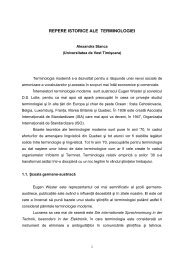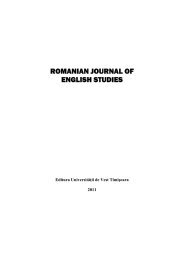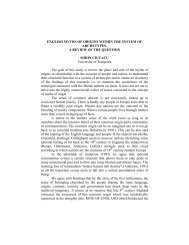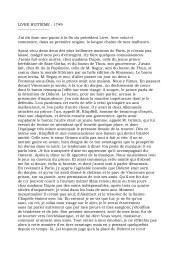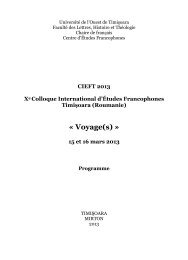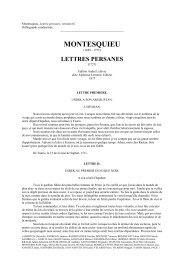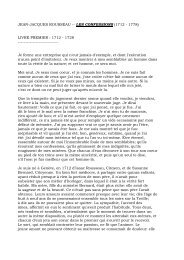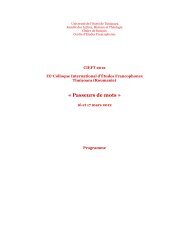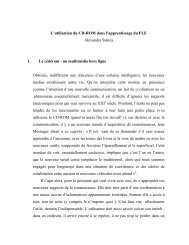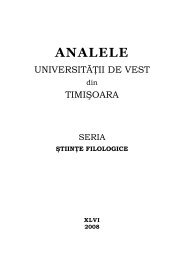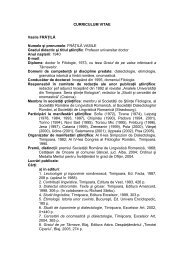TRANSLATION AND MEANING: A CULTURAL- COGNITIVE ...
TRANSLATION AND MEANING: A CULTURAL- COGNITIVE ...
TRANSLATION AND MEANING: A CULTURAL- COGNITIVE ...
You also want an ePaper? Increase the reach of your titles
YUMPU automatically turns print PDFs into web optimized ePapers that Google loves.
(3) By substitution I will refer to those cases when the source<br />
language expression is replaced in the translation by a TL correspondent<br />
which may be different in terms of logical content but carries with it the<br />
same relevant encyclopaedic assumptions as the original. The substitution of<br />
an expression, by directly activating relevant contextual assumptions in the<br />
target context, is motivated by a need to optimise the processing effort.<br />
(4) Modification is the process of choosing for the SL expression a<br />
TL substitute which is semantically unrelated to the original. In relevancetheoretic<br />
terms this means replacing the original with a TL expression which<br />
involves a substantial alteration of the logical and encyclopaedic content of<br />
the SL expression. This operation is clearly aimed at minimising the<br />
processing effort, even if it means losing some relevant assumptions and,<br />
thus, contextual effects.<br />
4. Method and results<br />
Film titles were sorted out according to genres. The genre categories<br />
employed are the same as those used by the www.est.hu website, which<br />
served as the source of data. The categories are the following: action,<br />
adventure, animation, comedy, crime, drama, episode film, experimental<br />
film, fantasy, horror, musical, satire, sci-fi, spy movie, thriller and war<br />
movie. Then in each case it was examined, by comparing the original with<br />
the Hungarian correspondent, which of the four operations or what<br />
combination of these was applied by the translator (or the person in control<br />
of the translation process). The four basic operations and the six possible<br />
operational duets add up to a total of ten different modes of treatment, which<br />
have all in fact been observed.<br />
The numerical results are summarised in Table 1. For each genre, the<br />
cell containing the largest number for the occurrence of a particular<br />
operation or operation duet has been marked with grey. Numbers in grey<br />
cells thus indicate how many times the most frequent operation or duet was<br />
employed in the given genre. Comparing this number with the number of<br />
total occurrences at the end of the row, the relative frequency of the<br />
operation within the genre can be established, which, weighed against the<br />
relative frequency of the other operations, can allude to the existence of<br />
certain characteristic tendencies.<br />
On the other hand, by summing up the occurrence numbers of each<br />
operation and operational duet, it can be observed whether there are some<br />
among them which appear more characteristically used than others within<br />
the set of films examined in this study. The final, short row marked with a



